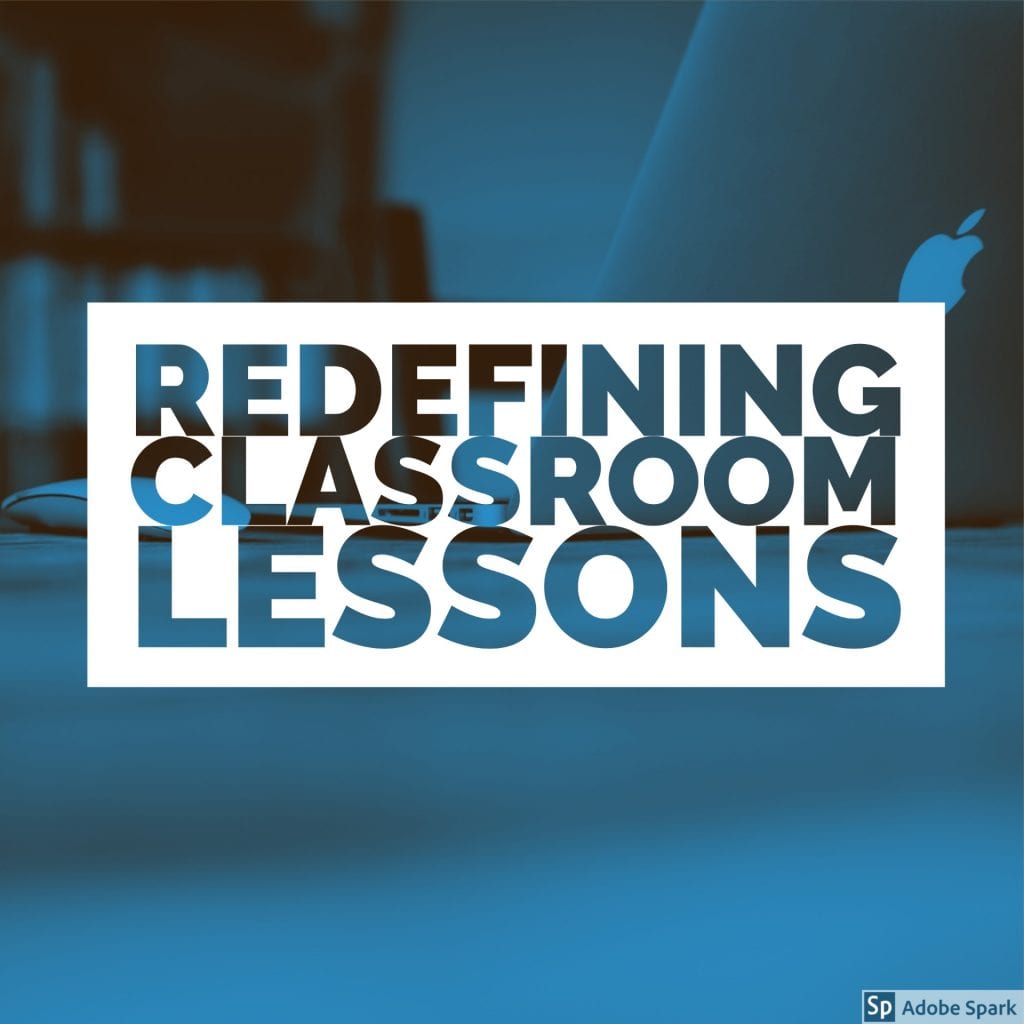Canva is a web-based design program that at a base level provides many free features. There are pre-designed templates for everything from posters to slides and social media posts. You can use Canva to design your own graphic organizers, supporting lesson materials, or slides. You or your students can log in using your Google accounts to avoid creating another new account.
How can my students use this in the classroom?
- Create graphical representations of the content you taught.
- Create slides to present content to the class.
- Create an ebook cover.
- Create a resume.
- Create a collage of photos from a field trip.
